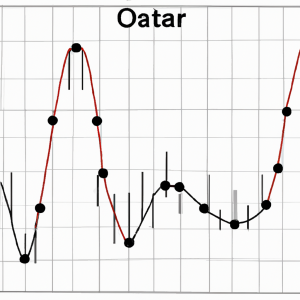
Top Performing Mutual Funds: Rankings and Analysis
Top Performing Mutual Funds Ranked
Introduction
Investing in mutual funds is a popular way for individuals to diversify their portfolios and potentially earn higher returns. With so many options available, it can be overwhelming to choose the right mutual fund for your investment goals. In this article, we will discuss the top performing mutual funds that are currently ranked based on their performance.
Criteria for Ranking
When ranking mutual funds, several factors are taken into consideration, including historical performance, expense ratios, and risk levels. The top performing mutual funds are those that have consistently outperformed their benchmarks and peers over a certain period of time.
Top Performing Mutual Funds
Vanguard Total Stock Market Index Fund (VTSAX)
VTSAX is a popular mutual fund that tracks the performance of the CRSP US Total Market Index. It has a low expense ratio of 0.04% and has consistently outperformed its benchmark over the years. This fund is ideal for investors looking for broad exposure to the U.S. stock market.
Fidelity Contrafund (FCNTX)
FCNTX is a growth-oriented mutual fund that focuses on investing in companies with strong growth potential. Managed by Fidelity Investments, this fund has a solid track record of outperforming its peers and has a relatively low expense ratio compared to other actively managed funds.
T. Rowe Price Blue Chip Growth Fund (TRBCX)
TRBCX is a large-cap growth mutual fund that invests in well-established companies with strong growth prospects. This fund has consistently delivered strong returns to investors and has a relatively low expense ratio. It is suitable for investors looking for exposure to blue-chip stocks with growth potential.
Conclusion
Choosing the right mutual fund for your investment goals is crucial for building a diversified portfolio and achieving long-term financial success. By considering the top performing mutual funds ranked based on their historical performance, expense ratios, and risk levels, investors can make informed decisions about where to allocate their funds.

